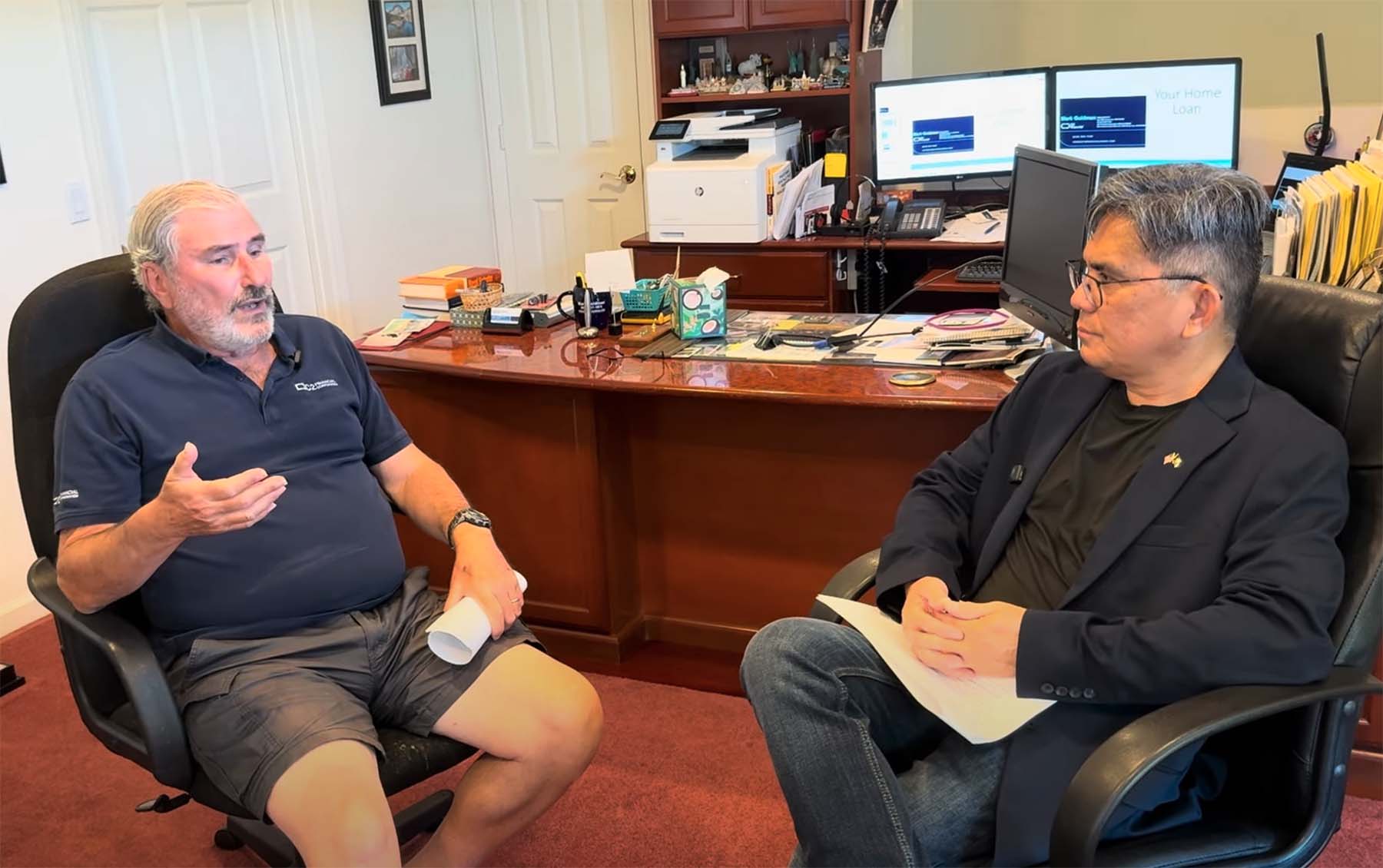Jose Mallari interviews Mark Goldman about real estate loans and mortgages in California. Discussion includes choosing a mortgage broker, pre-qualified/pre-approved buyer, debt to income ratio, down payment, closing costs, buyers in foreign countries, first time homebuyer program, conventional loan, jumbo loan, 30 year fixed loan, interest only loan, adjustable rate mortgage, home equity line of credit, FHA loan, Veterans Administration loan, credit check, investing in real estate, reverse mortgage, and mortgage tips
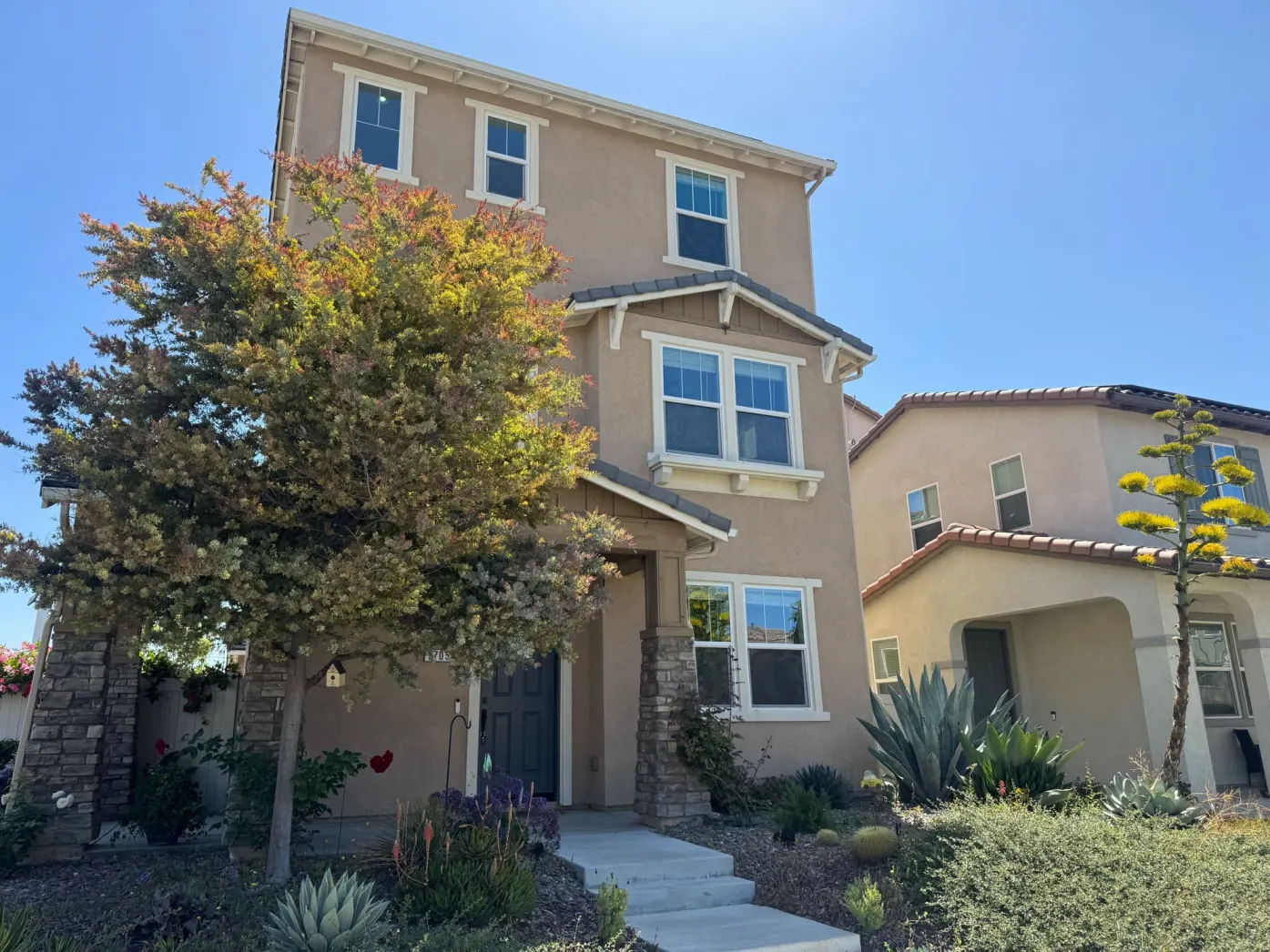
San Diego home prices flat for the first time in 2 years
For the first time in almost two years, San Diego home prices didn’t increase.
The median home price in San Diego County was $900,000 in April, flat year-over-year, said Attom Data Solutions. The last time the median, a combination of all closed sales of single-family houses, townhouses and condos, didn’t go up was May 2023 when prices were down 1.64%.
For the full article click here.
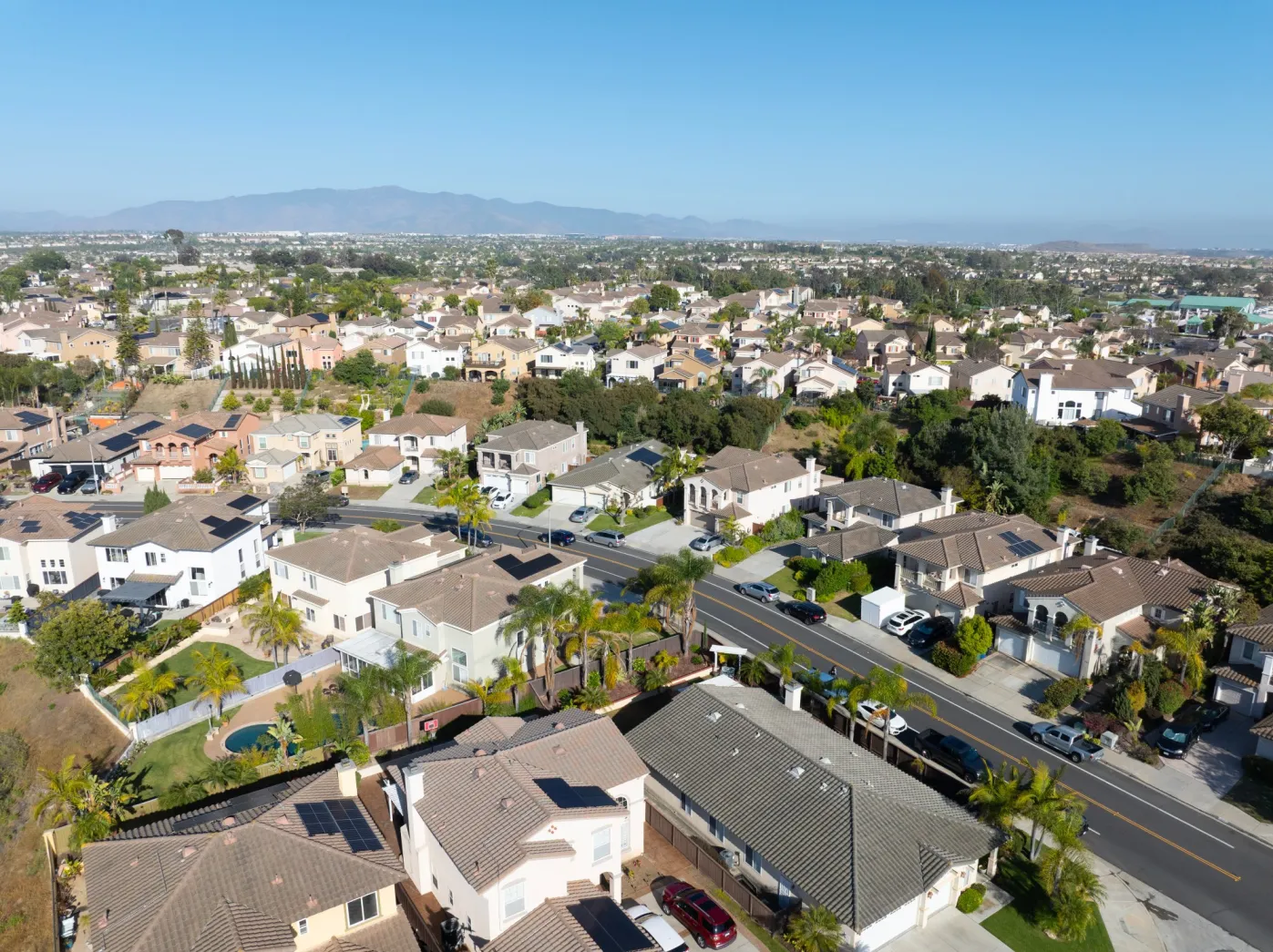
‘Look out for a slowdown’: San Diego home sales slump despite more listings
San Diego home prices were up slightly in March but at a pace new homeowners might not be thrilled with. In a normal market, more homes listed for sale equal more transactions. That’s not happening in San Diego right now.
For the full article click here.
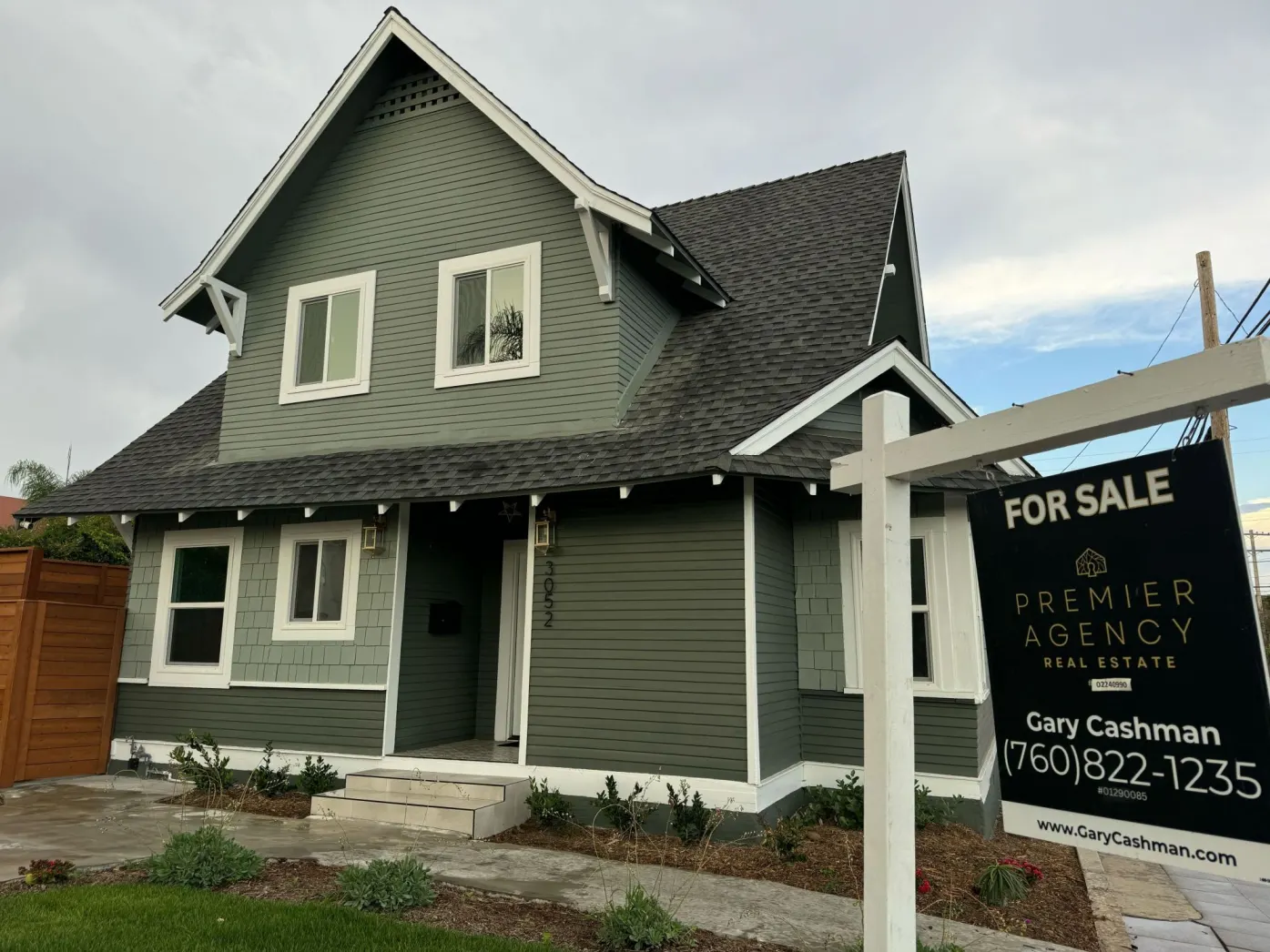
San Diego home price drops for the first time this year
It was the worst sales month for a June in records going back to 1988
For the full article click here.

The price of a San Diego home crosses $1 million for the first time
San Diego County’s median price for a resale single-family home hit a milestone in May
For the full article click here.

San Diego just had its lowest-ever year for home sales
Lack of inventory and affordability constraints made for a historic drop in San Diego County home sales
For the full article click here.
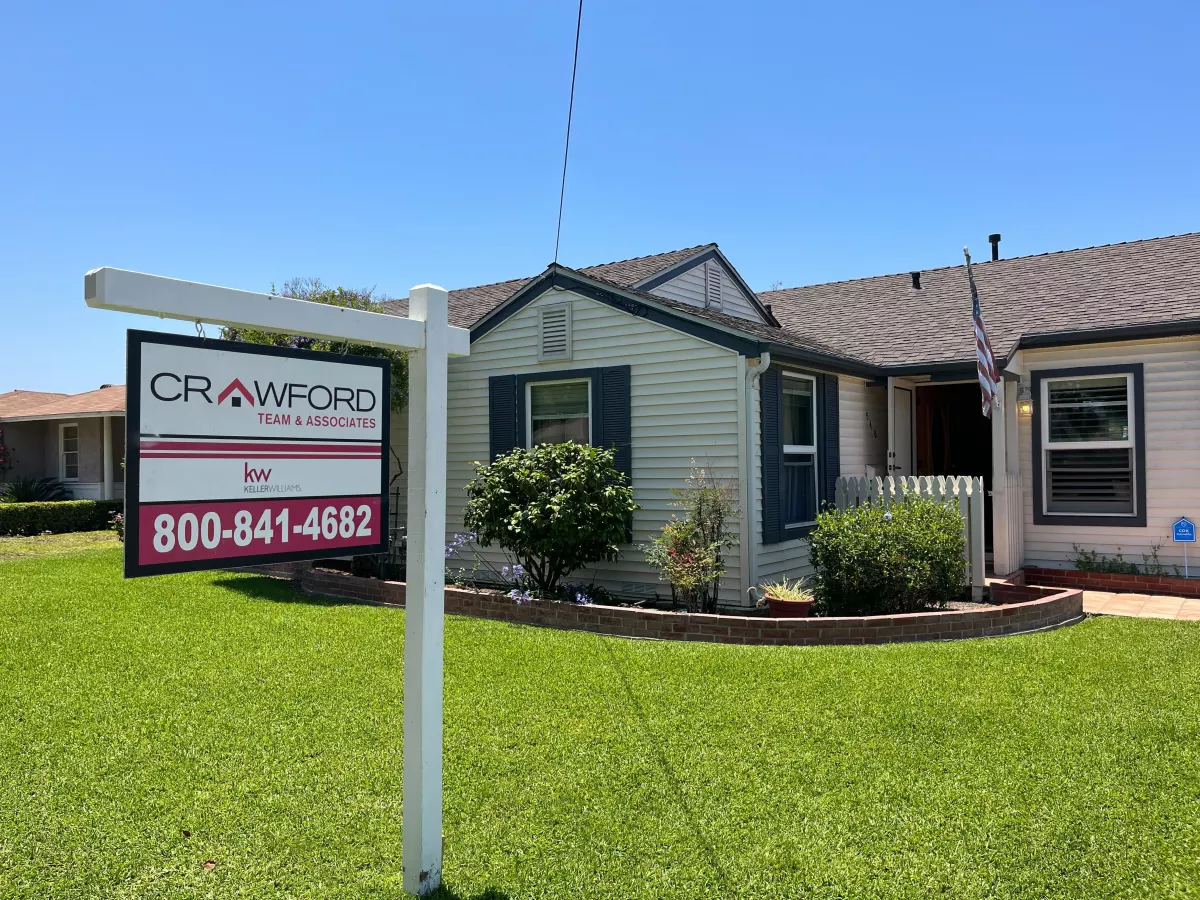
It’s a weird San Diego homebuying season as prices rise while sales hit historic lows
For the first time in months, a San Diego home is now worth more than it was a year ago.
For the full article click here.

Mortgage Rates Are Heading Back Up as Resilient Economy Stokes Inflation Fears
A key bond market indicator is signaling mortgage rates are headed back up and may even push the average for a 30-year loan past its recent 20-year high of more than 7%.
For the full article click here.
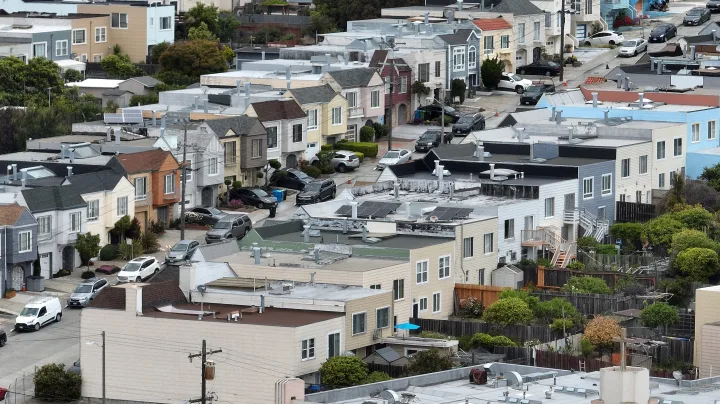
When moving means a higher mortgage rate, why sell?
Just about everyone who owns a home in this country is hanging on to it. The number of existing homes, as opposed to newly built, that sold in May was 20% lower than a year earlier. That’s according to data released Thursday by the National Association of Realtors.
For the full article click here.

‘People waiting for prices to come down will be disappointed’: San Diego home price rises for 2nd month
San Diego County home proces in April rose for a second month after nine months of declines – and it is happening with very few sales.
For the full article click here.

